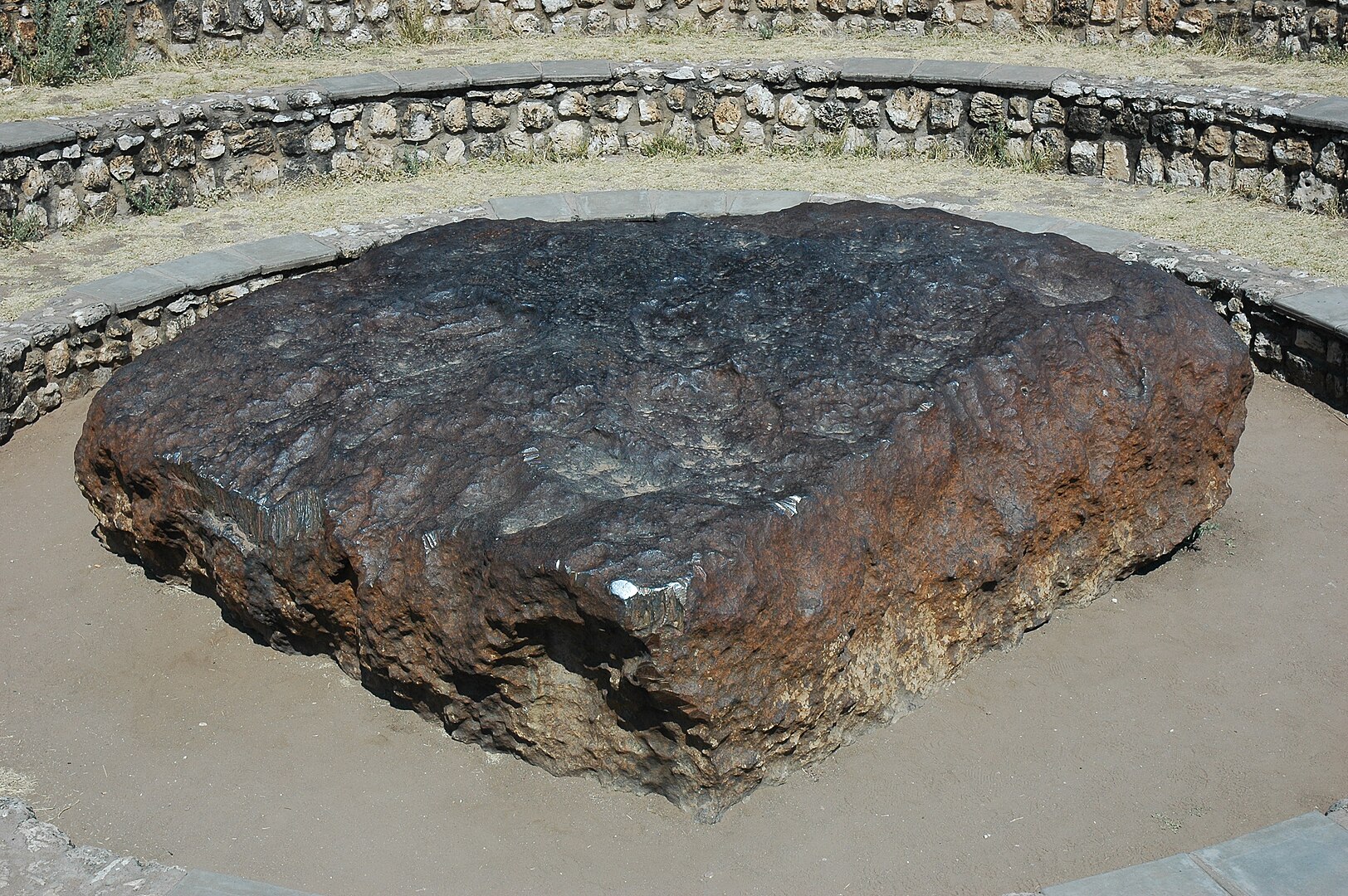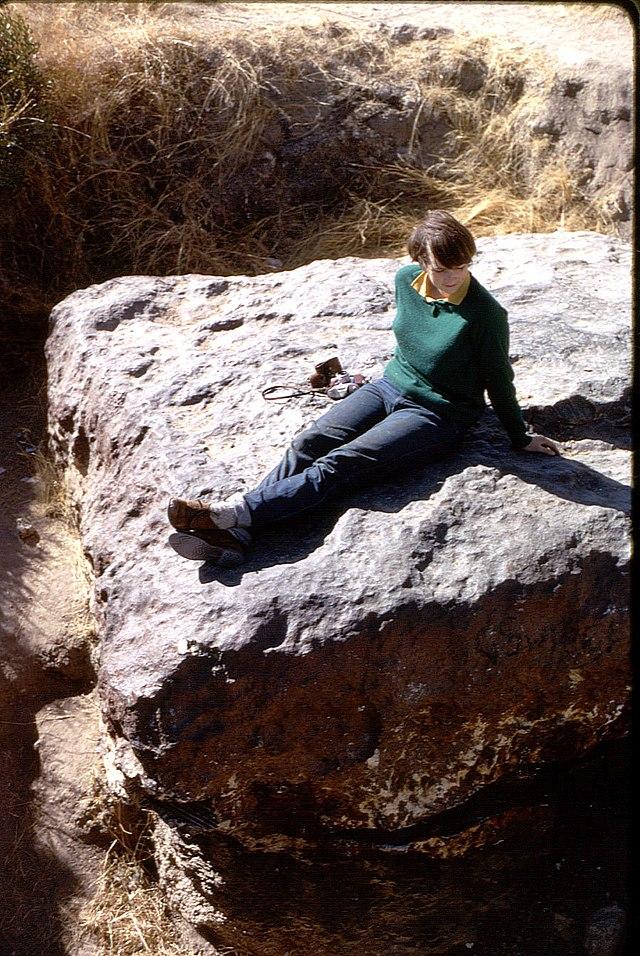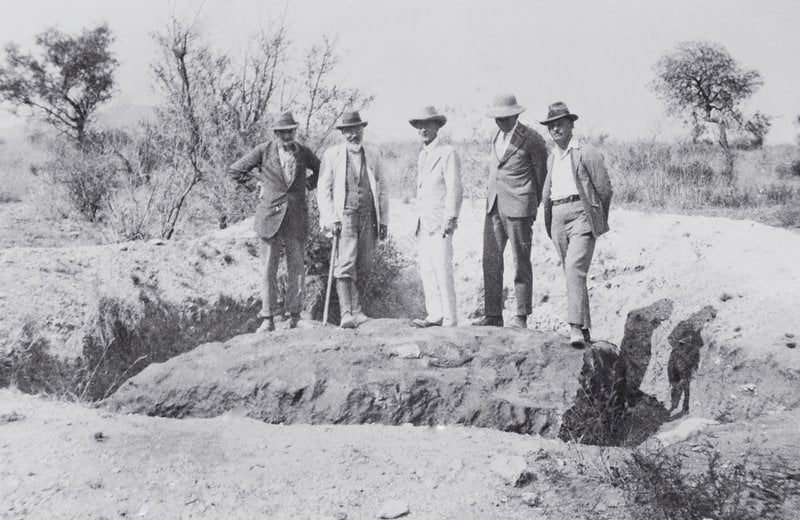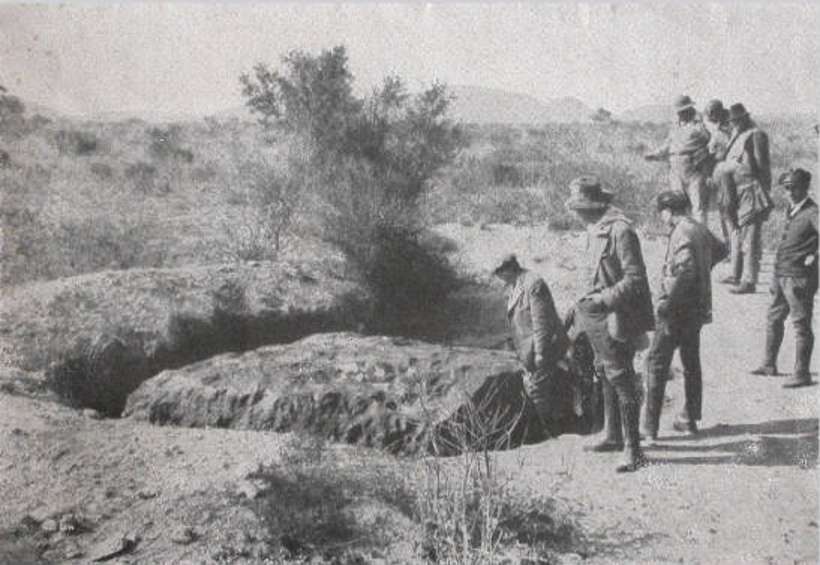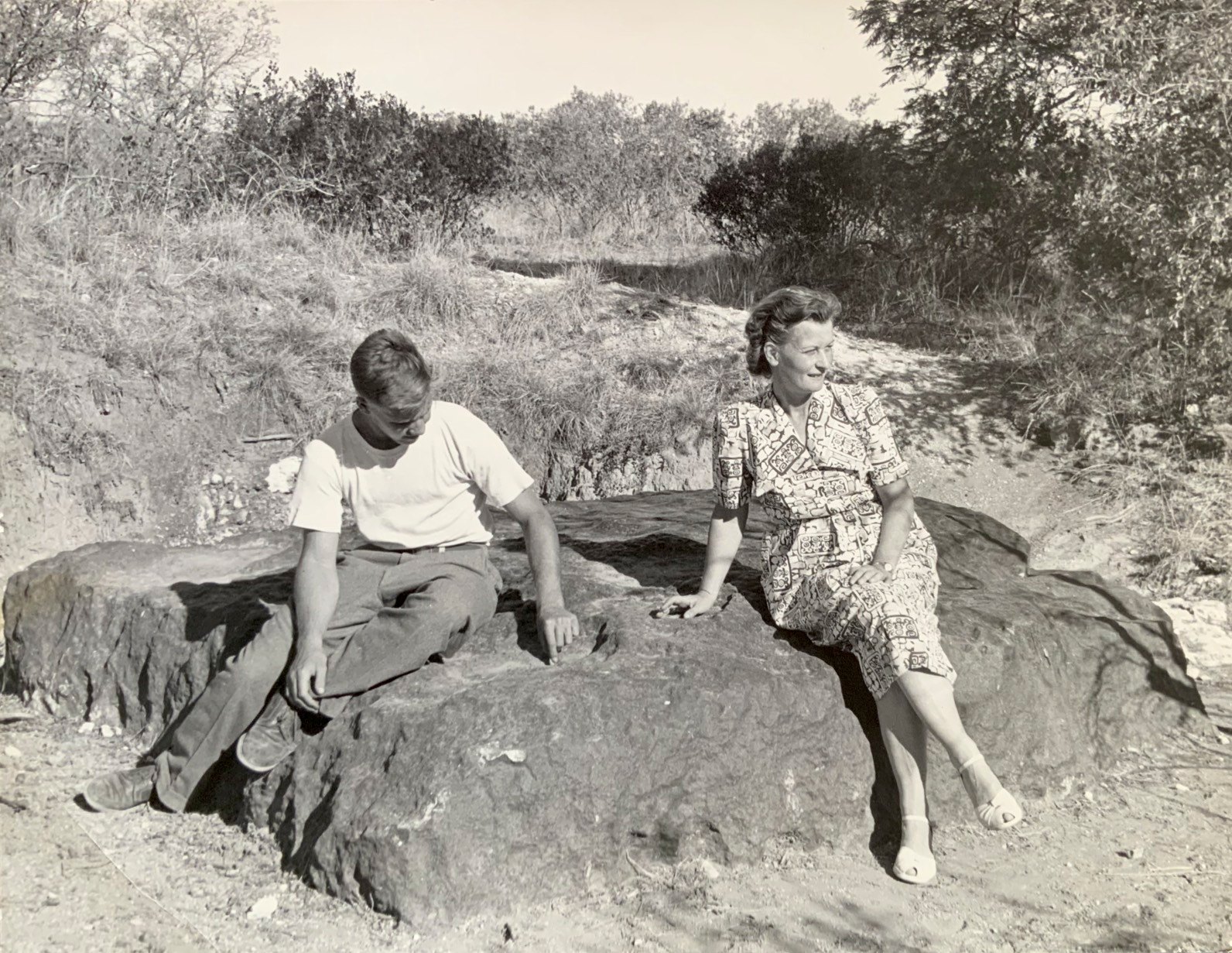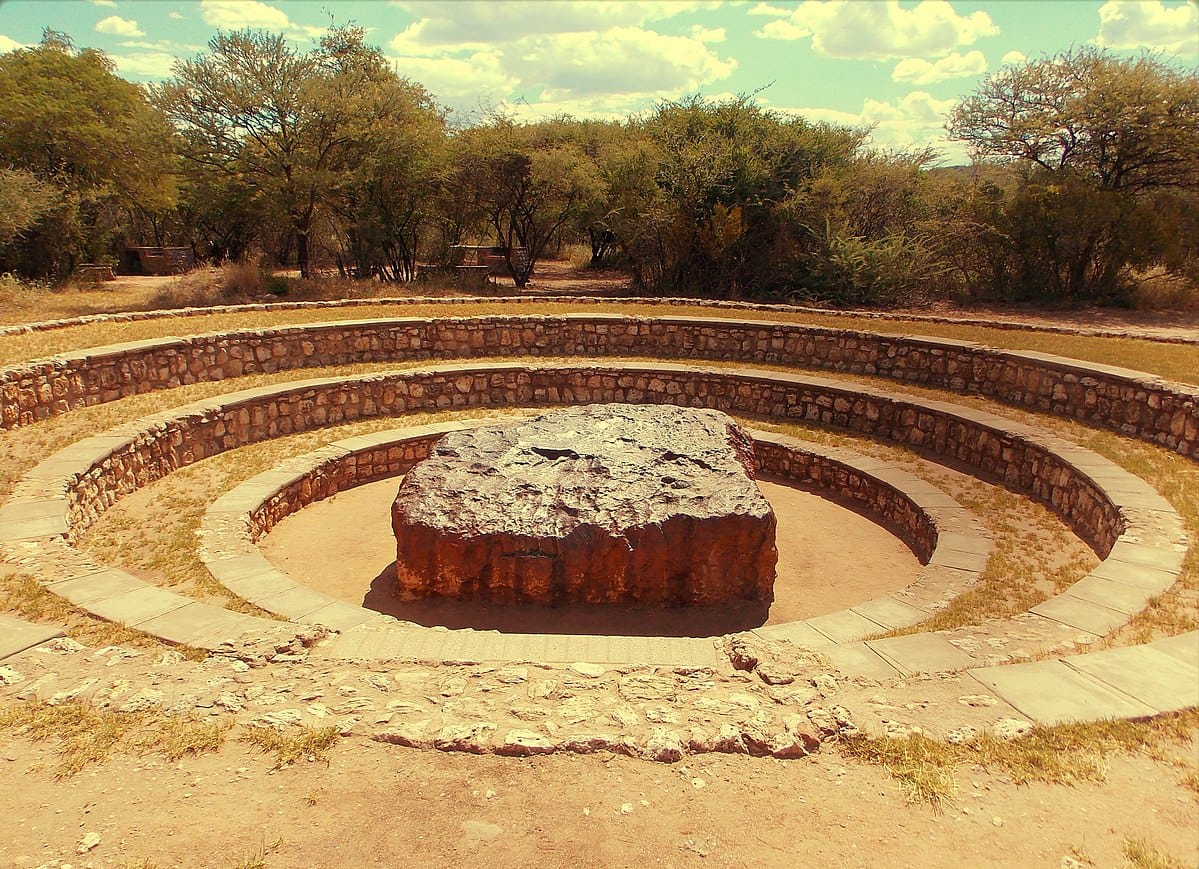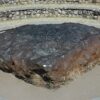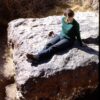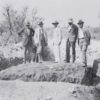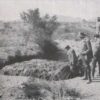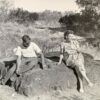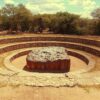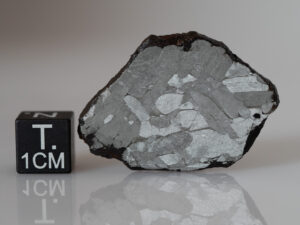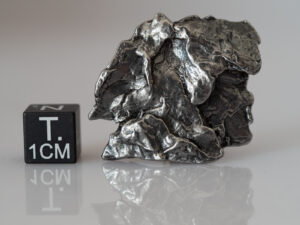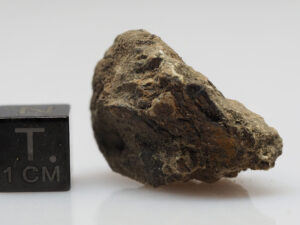Description
The Hoba (/ˈhoʊbə/ HOH-bə) meteorite is named after the farm Hoba West, where it lies, not far from Grootfontein, in the Otjozondjupa Region of Namibia. It has been uncovered, but because of its large mass, has never been moved from where it fell. The main mass is estimated at more than 60 tons. It is the largest known intact meteorite (as a single piece) and about twice as massive as the largest fragment of either the Cape York meteorite’s 31-tons Ahnighito kept in the American Museum of Natural History or the Campo del Cielo’s 31-tons Gancedo in Argentina. It is also the most massive naturally occurring piece of iron (actually ferronickel) known on Earth’s surface. The name “Hoba” comes from a Khoekhoegowab word meaning “gift”. Following its donation to the government in 1987, a visitor centre was constructed with a circular stone access and seating area.
The Hoba meteorite’s impact is thought to have occurred less than 80,000 years ago.
The Hoba meteorite left no preserved crater and its discovery was a chance event. In 1920, when the owner of the land, Jacobus Hermanus Brits, encountered the object while ploughing one of his fields with an ox. While working the field, he heard a loud metallic scratching sound and the plough came to an abrupt halt. The obstruction was excavated, identified as a meteorite and described by Mr. Brits, whose report was published in 1920 and can be viewed at the Grootfontein Museum in Namibia.
In an attempt to control relocation attempts, with permission from the farm owner, Mrs O Scheel, on March 15, 1955, the government of South West Africa (now Namibia) declared the Hoba meteorite to be a national monument. Since 1979 the proclamation has been extended to an area of 425 m².
From about the 1970s, development of the meteorite site for tourism was hampered by its location in the Otavi triangle of Otavi, Tsumeb and Grootfontein, a key arena of the Namibian war of independence or South African Border War. The war and liberation struggle ended with the 1988 Tripartite Accord. General elections under universal franchise, in 1989, led to formation of the independent Republic of Namibia in 1990.
In 1987, the farm owner donated the meteorite and the site where it lies to the state for educational purposes. Later that year, the government opened a tourist centre at the site.


